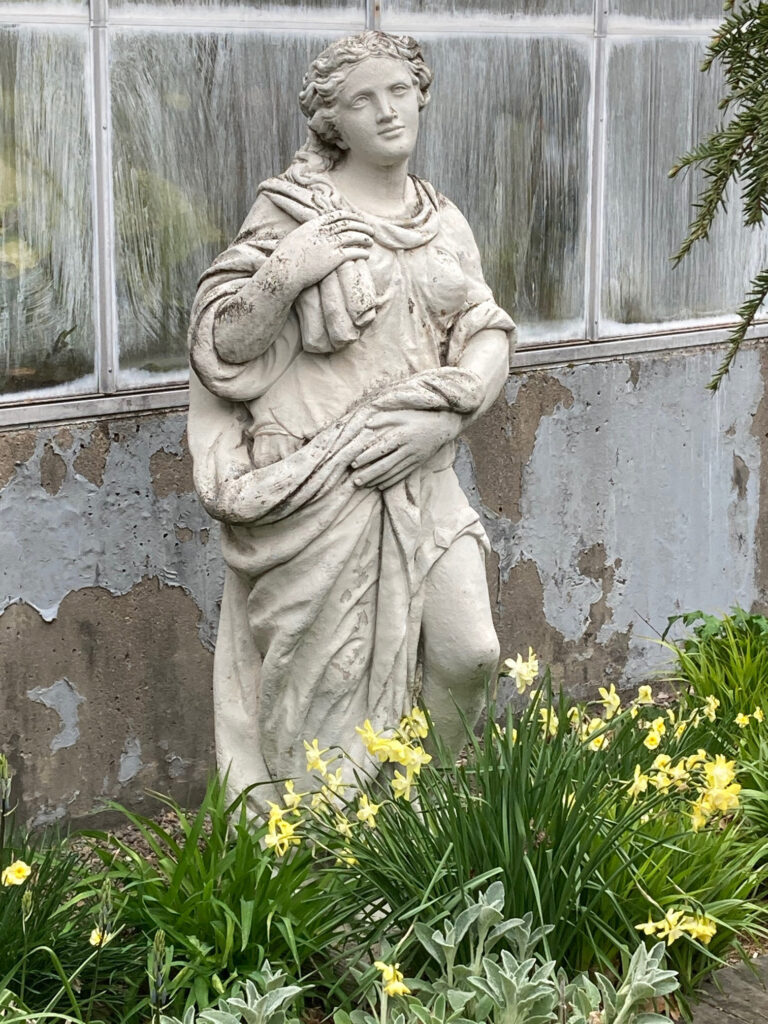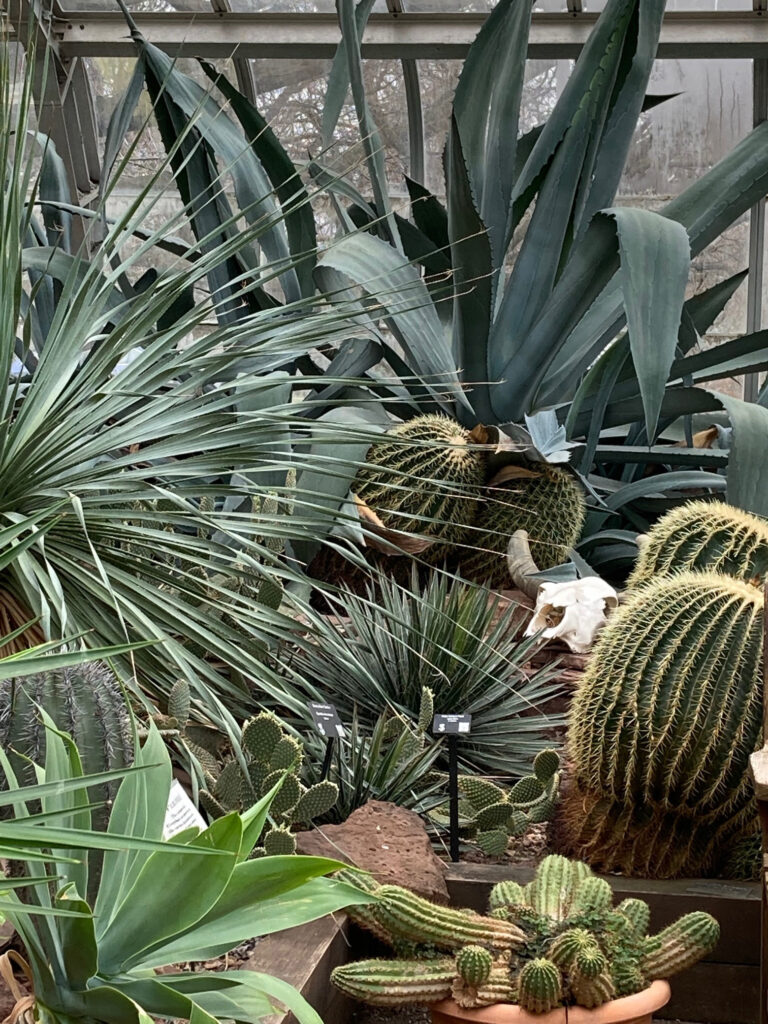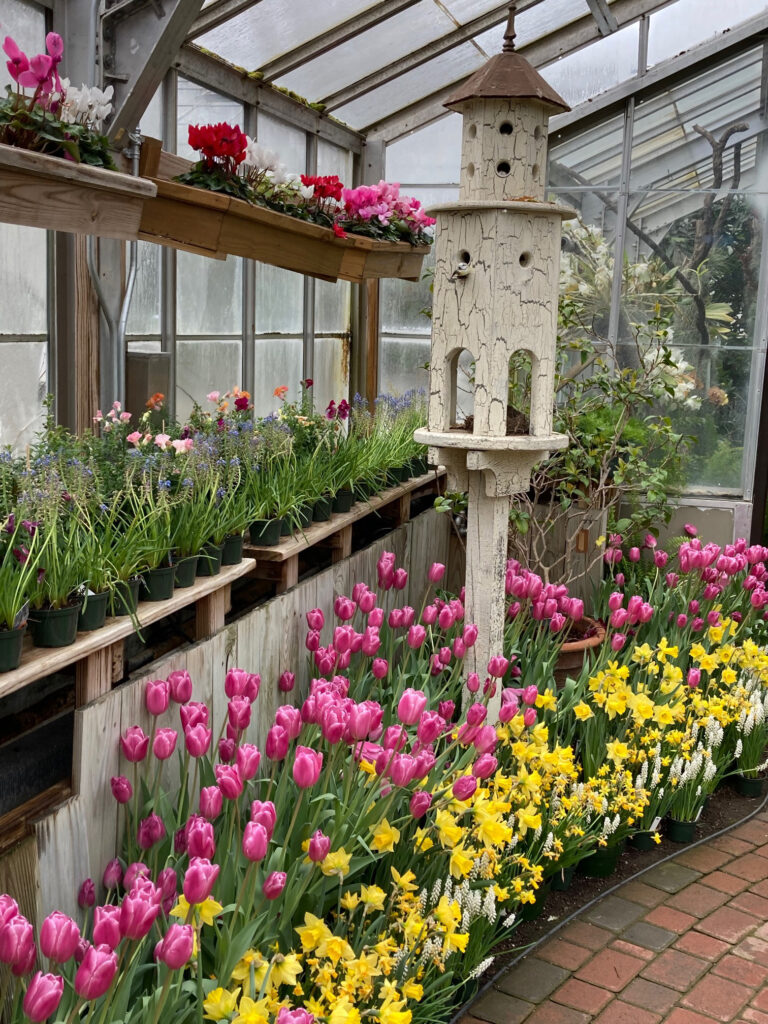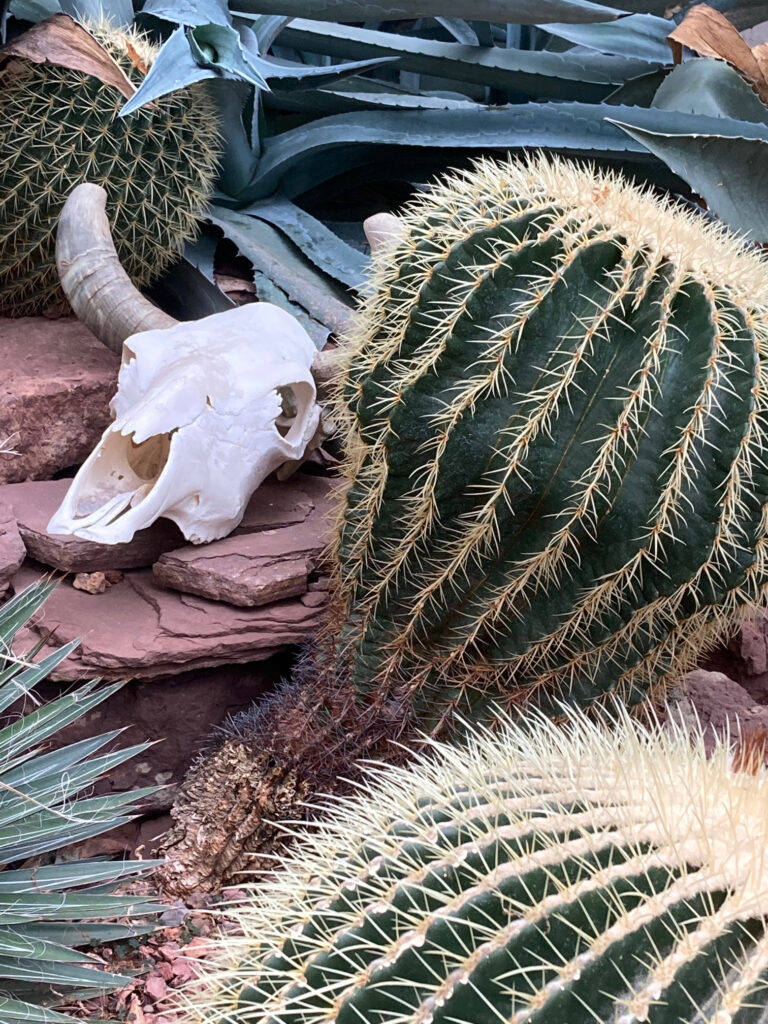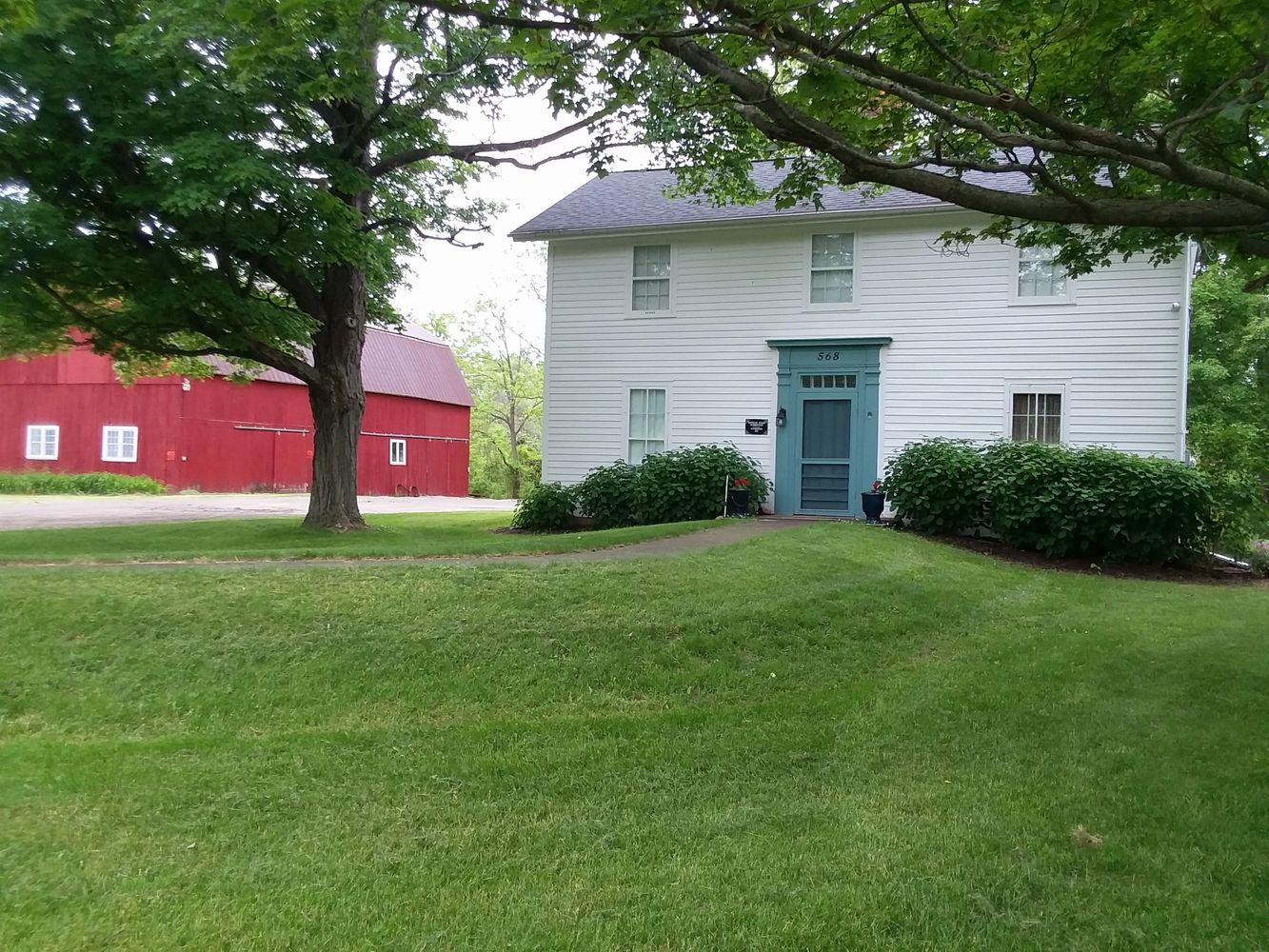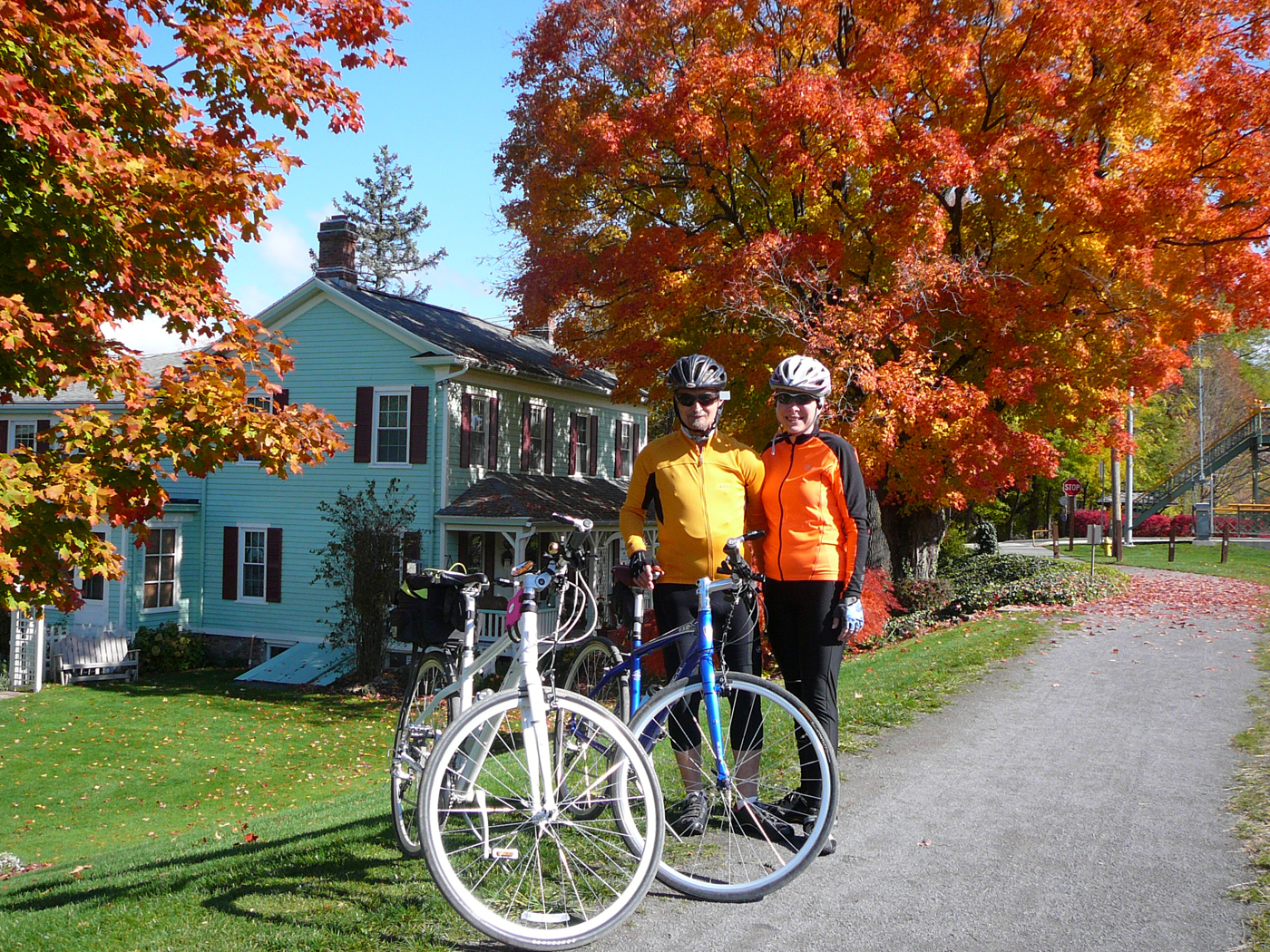Olmsted’s Highland Park
“What artist, so noble, has often been thought, as he, who with far-reaching conception of beauty and designing power, sketches the outline, writes the colors, and directs the shadows of a picture so great that Nature shall be employed upon it for generations, before the work he has arranged for her shall realize his intentions.” — Frederick Law Olmsted

Photos by Karen Fien
A stroll today, on the paths in Highland Park, is a journey along the original park pathways designed by Landscape Architect, Frederick Law Olmsted. Experiencing the layout of Highland Park along these paths, within the original 19.63 acres of land donated by George Ellwanger and Patrick Barry, is just as Olmsted planned in 1887, around every corner is a surprise and a unique view of the park.
Olmsted is known for his landscape work that takes into account the natural lay of the land. In Highland Park’s case, the park was built in the beautiful setting of hills and valleys created from a glacial moraine. The highest ground in the landscape provided an overlook with vistas of the Bristol Hills to the south, and to the north, Lake Ontario.
Olmsted chose this highpoint for a three-story pavilion, where all paths in the park lead to. He believed in the reparative properties that being in nature affords, and the open air pavilion provided healthy, meditative views of nature, open and free for everyone. Shortly after its dedication in 1890, the pavilion became known as, The Children’s Pavilion. It served a grand purpose for 73 years until in 1963, the deteriorating state of the building led to its demolition. In March of 2022, the Monroe County Legislature authorized full funding for the rebuilding of the pavilion, in the original location, with a projected ground breaking in 2023, and a Grand Opening in 2024. For more information on the rebuild of the Children’s Pavilion visit www.highlandparkconservancy.org
Highland Park is best known for lilacs, and the annual Lilac Festival held each May. The lilacs are only one aspect of what the park has to offer. According to the City of Rochester Park’s website, “In addition to over 1200 lilac shrubs, the park boasts a Japanese Maple collection, 35 varieties of sweet-smelling magnolias, a barberry collection, a rock garden with dwarf evergreens, 700 varieties of rhododendron, azaleas, mountain laurel and andromeda, horse chestnuts, spring bulbs and wildflowers and a large number of exotic trees. The park’s pansy bed features 10,000 plants, designed into an oval floral “carpet” with a new pattern each year. An iris garden given as a gift from sister city Hamamatsu, Japan, adds to the impressive landscape.” Designed as an arboretum, Highland Park has many non-native species of trees, with historic, 130 year-old legacy trees to experience.
Other points of interest within Highland Park include the Lamberton Conservatory, Warner Castle & Estate Gardens, The Vietnam Veterans Memorial, Frederick Douglass Memorial Plaza, Poet’s Garden and Highland Bowl. For more information on Highland Park www.monroecounty.gov/parks-highland

Milli Piccione, is a Highland Park Conservancy Board Member and gardener from birth. “I grew up on a dairy farm north of Churchville and was crawling around in the dirt at four years old. I didn’t realize how much I loved gardening until I was an adult. My mother came here from England when she was 19 years old. She had a strict upbringing with specifics about what is proper. She never batted an eye, or gave me a lecture, when growing up I came in covered from head to toe in dirt. I have her to thank for nurturing that in me,” Milli said.
Mili’s interest in historic public gardens started with volunteering for the Landmark Society in the mid 80s. She has been coordinating the rehabilitation of the Warner Castle Estate Gardens at Highland Park since 2012, and chairs the Highland Park Conservancy Garden Volunteer initiative.
The Warner Castle residence was build in 1854. A portion of the Warner Estate was donated to the Park in 1907 and the residence and adjoining gardens were purchased by the City of Rochester in 1951. “The gardens go back to the 1920s. Using historic information and guidelines, volunteers have been working on their restoration. The beds are laid out just as they were. The gardens were used as horticultural testing grounds, and contain all that you would find in a home garden. The borders are mature and we are bringing the rock garden back to life. All the volunteer work is being coordinated with the County Parks staff,” Milli said.
Highland Park offers unique volunteer opportunities for gardeners with any skill level. “We call our volunteers park stewards. They are from all facets of the community. Our stewards learn what it takes to manage a space like this, they love working in this beautiful, historic park. It is exciting and satisfying work. They come here, work diligently, go home happy and return because of their love of the work. Many very knowledgeable people volunteer their time, and there is always a great exchange of information,” Milli said.
For more information on Highland Park volunteer opportunities visit www.highlandparkconservancy.org/
Photos by Karen Fien
Highland Park Landscapes
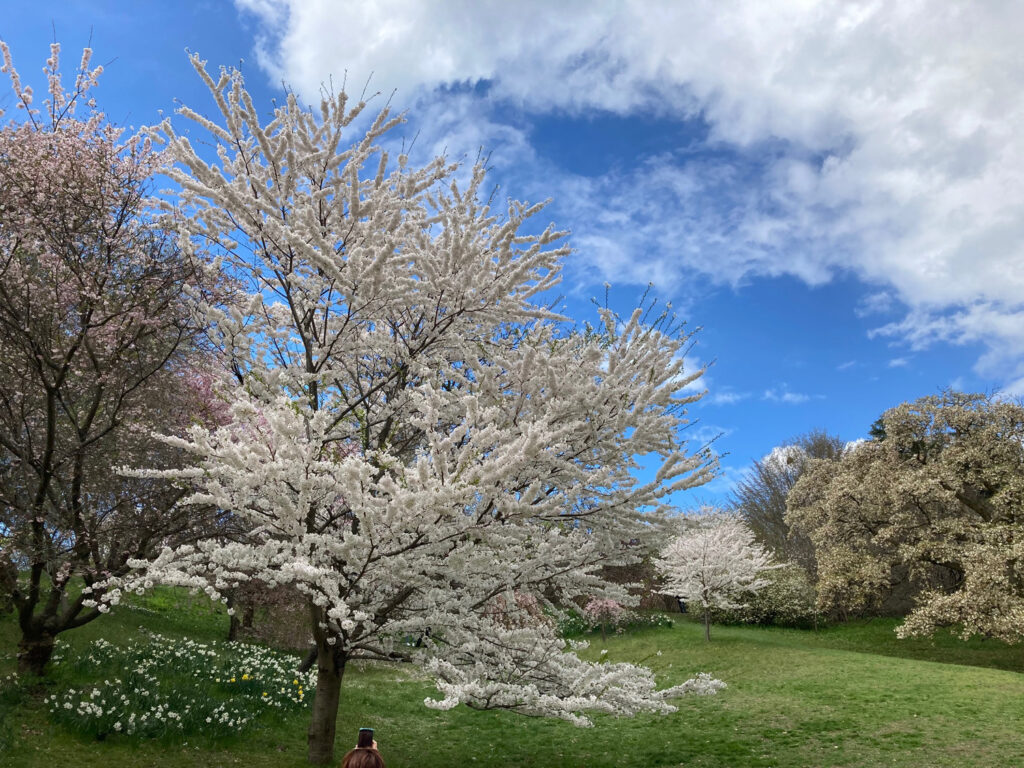
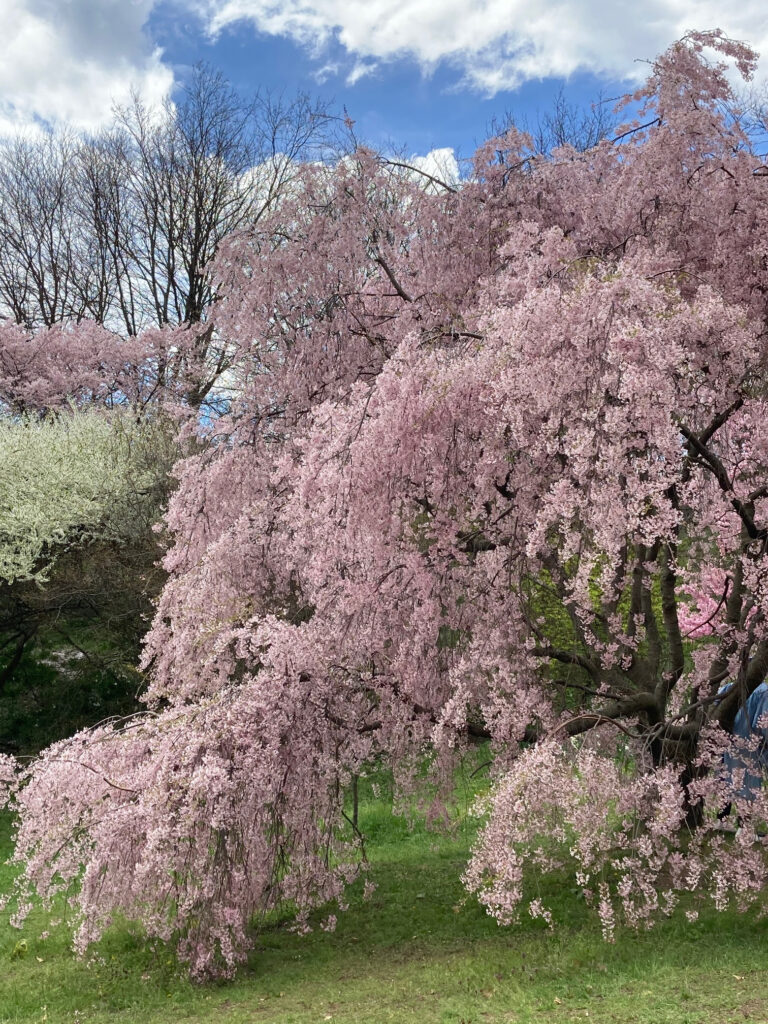
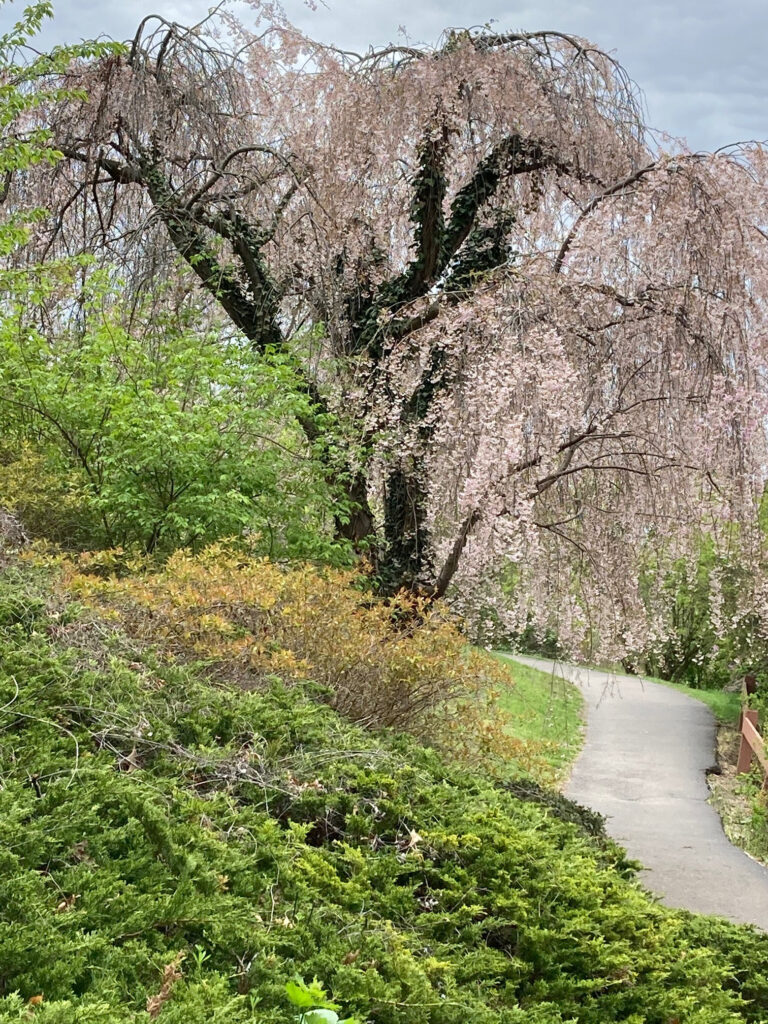
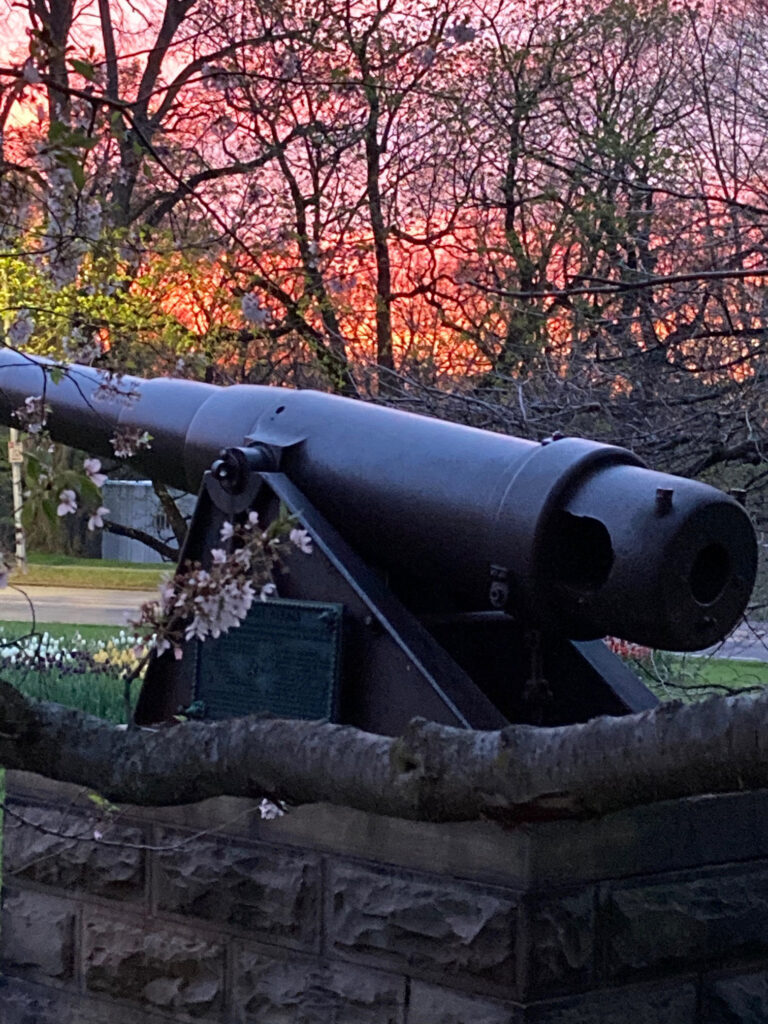

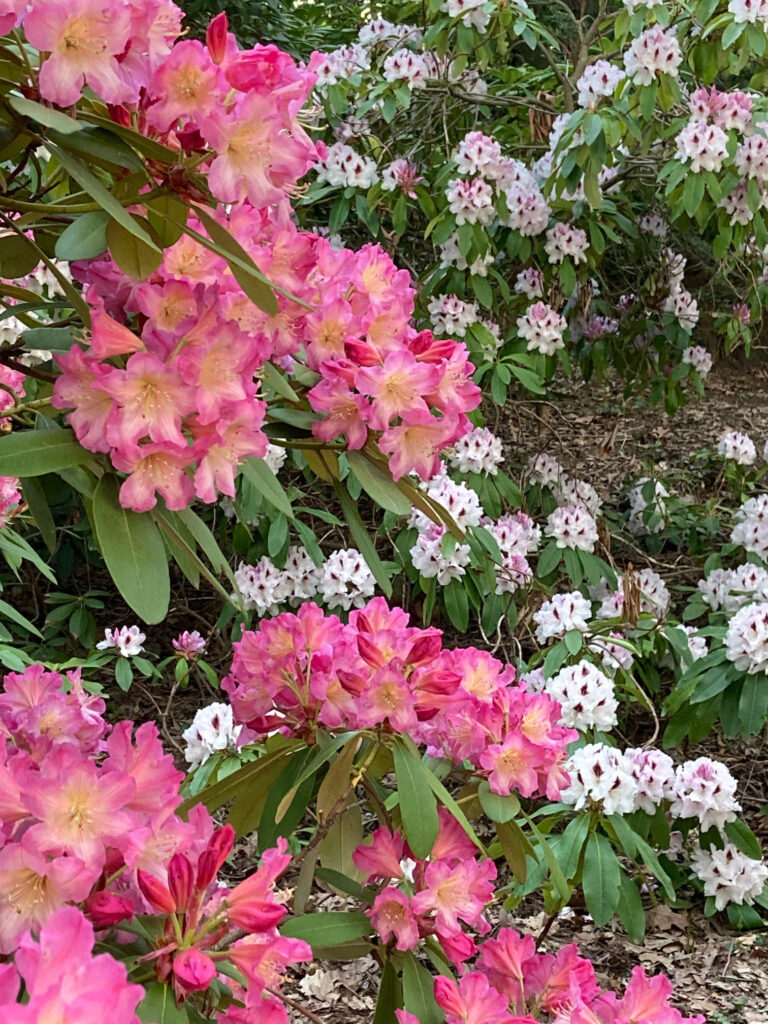

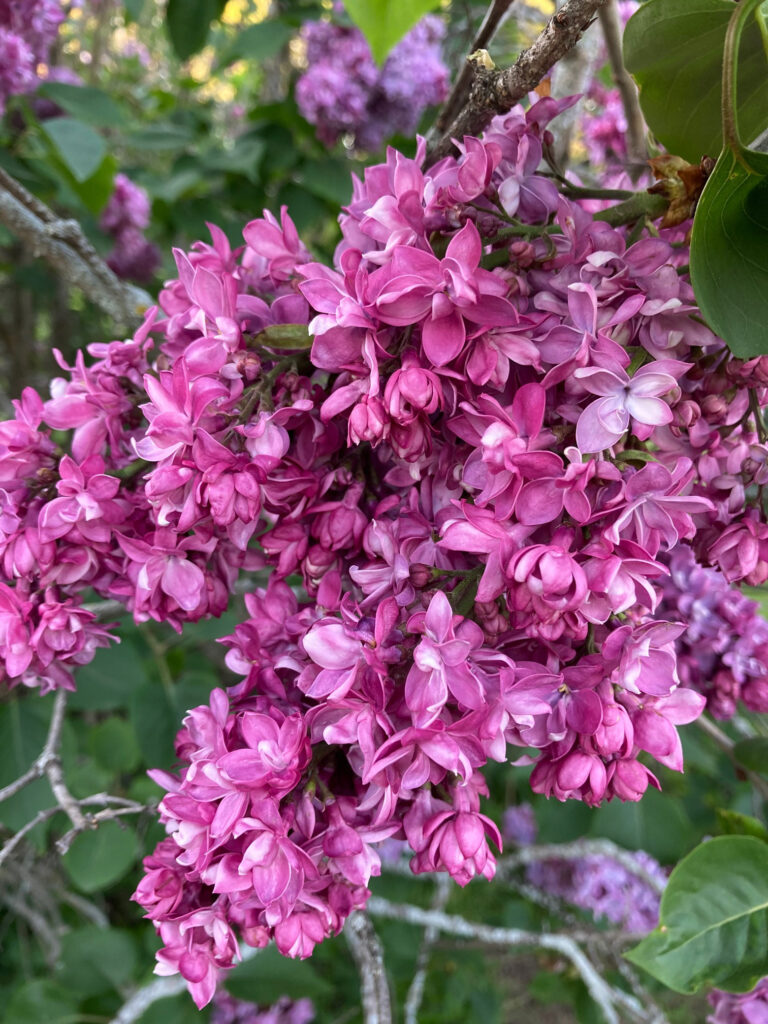

Warner Castle
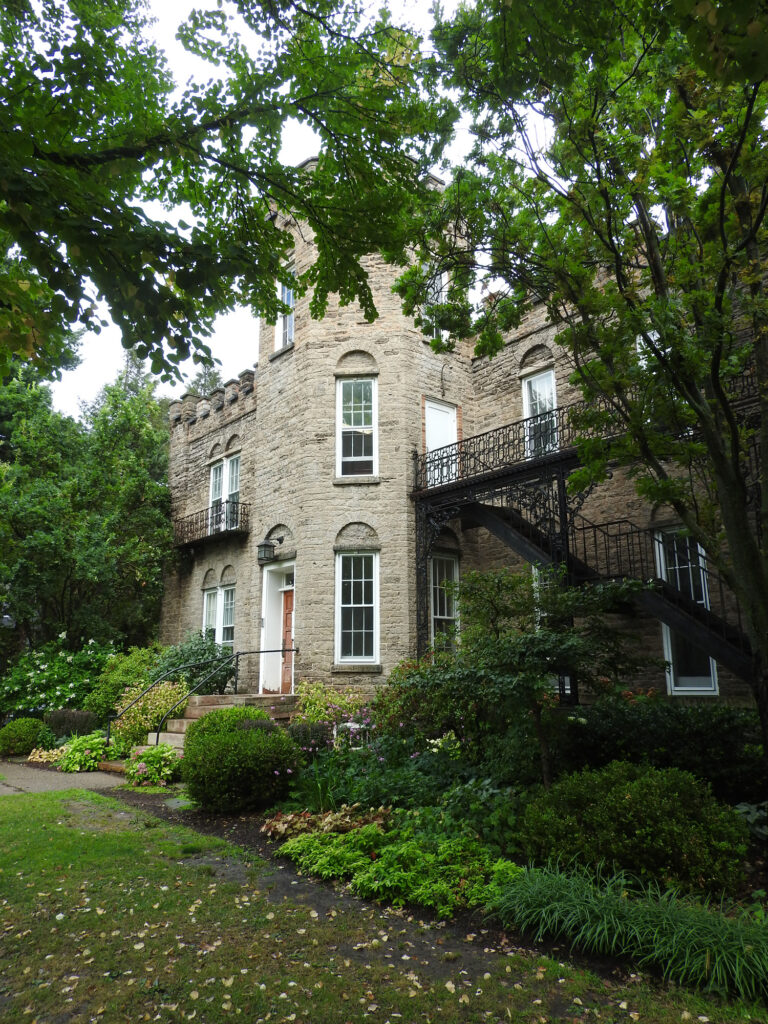

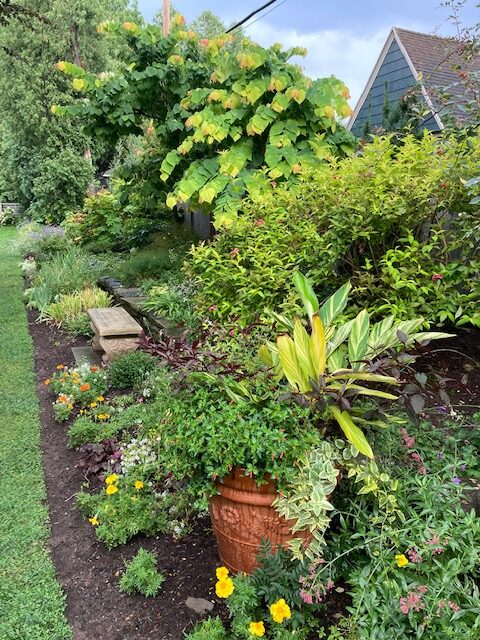
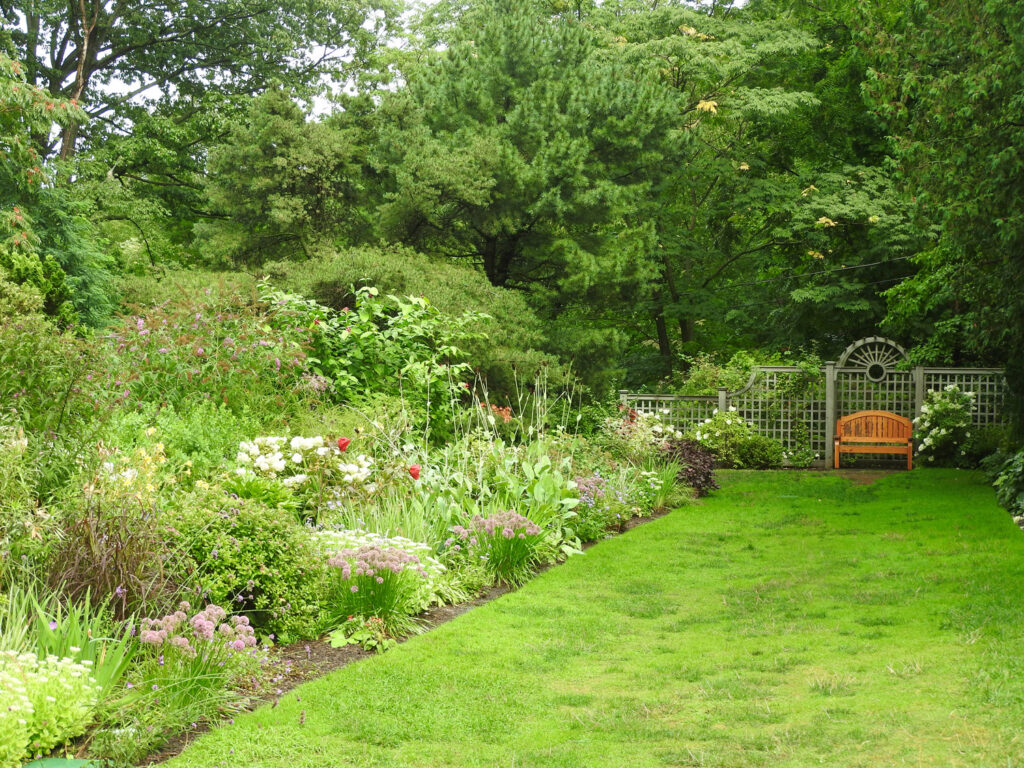
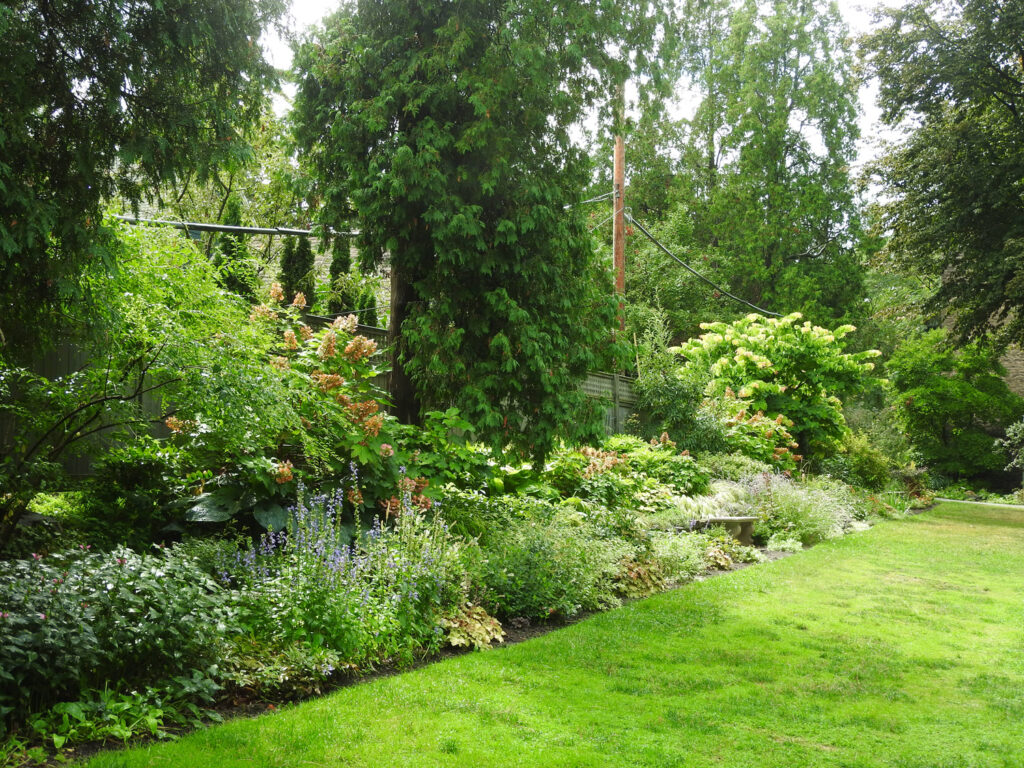


Sunken Garden
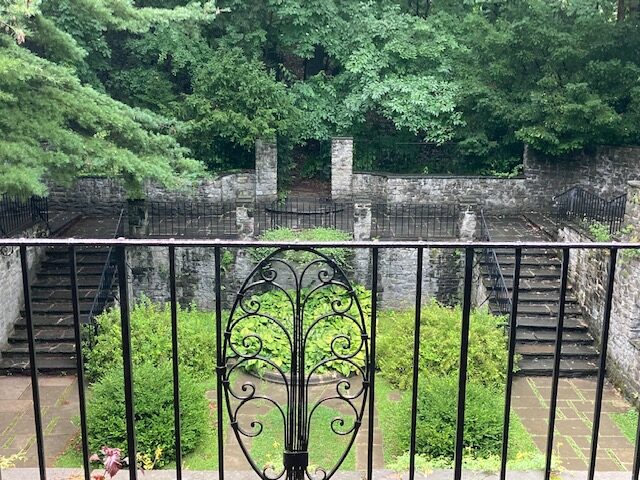
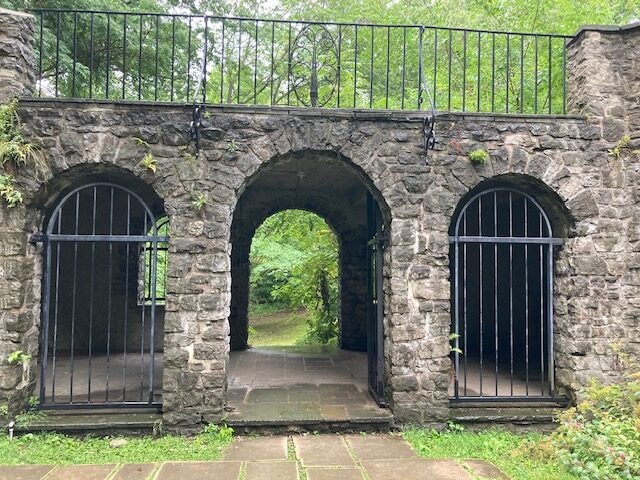
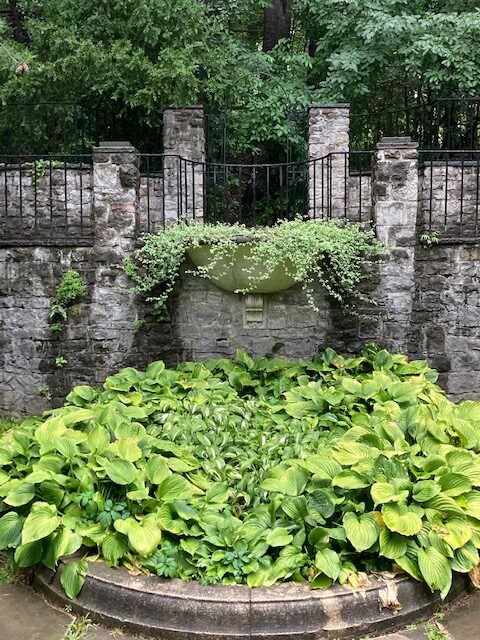
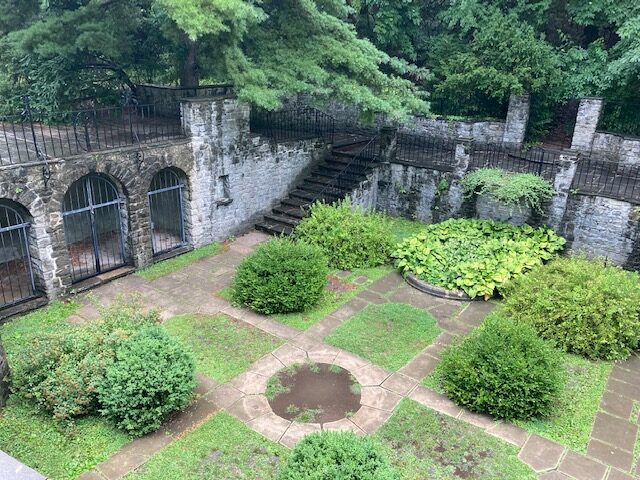
Highland Park Conservatory
